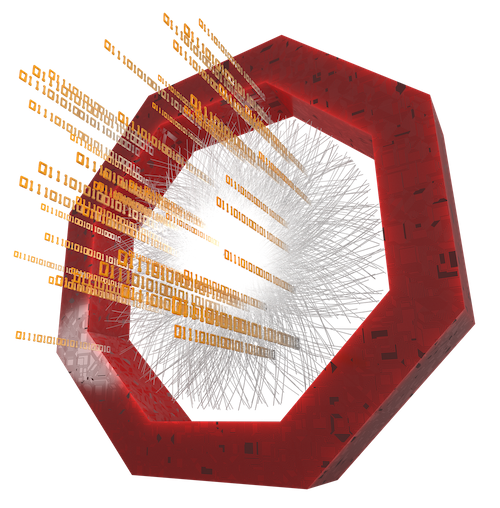Creating histograms
Learn how to create, fill, and save histograms.
Executable: o2-analysistutorial-histograms
RootHistograms
Histograms can be created and filled in a task with the histogram constructors and methods provided by root (see the root users-guide, chapter Histograms).
struct RootHistograms {
// normal creation of a histogram
TH1F* phiH = new TH1F("phiA", "phiA", 100, 0., 2. * M_PI);
void process(aod::Tracks const& tracks)
{
for (auto track : tracks) {
phiH->Fill(track.phi());
}
}
};
In this way one can create and process tables. However, they are not persistent and will be deleted at the end of the workflow. Extra code is needed to save the histograms.
This is different when using OutputObj<> to create a histogram or other root objects.
OutputObjects
OutputObj<> allows to create root objects which are automatically saved to disk. The objects are either AnalysisObjects (default) or QAObjects, which determines into which file they are written. AnalysisObjects end up in AnalysisResults.root and QAObjects, in QAResults.root.
OutputObj<> works for all root objects which are descendants of TNamed (see TNamed Class).
struct OutputObjects {
// histogram created with OutputObj<TH1F>
OutputObj<TH1F> phiB{TH1F("phiB", "phiB", 100, 0., 2. * M_PI,
OutputObjHandlingPolicy::QAObjects)};
void process(aod::Tracks const& tracks)
{
for (auto track : tracks) {
phiB->Fill(track.phi());
}
}
};
OutputObjSet
In task OutputObjSet the initial definition of the OutputObj trZ is incomplet. The axis definition of the histogram is missing. This is rectified in the init function. The setObject() method allows to redefine the actual object properties.
OutputObj<TH1F> trZ{"trZ", OutputObjHandlingPolicy::QAObject};
void init(InitContext const&)
{
// complete the definition of the OutputObj
trZ.setObject(new TH1F("Z", "Z", 100, -10., 10.));
HistRegistry
HistogramRegistry is an other method to work with histograms in a flexible way. There is a tutorial on this specific topic to which we refer for further details. To give an impression an example task using HistogramRegistry is displayed below.
struct HistRegistry {
// histogram defined with HistogramRegistry
HistogramRegistry registry {
"registry",
{
{"phiC", "phiC", {HistType::kTH1F, {100, 0., 2. * M_PI}}}
}
};
void process(aod::Tracks const& tracks)
{
for (auto track : tracks) {
registry.get<TH1>(HIST("phiC"))->Fill(track.phi());
}
}
};
